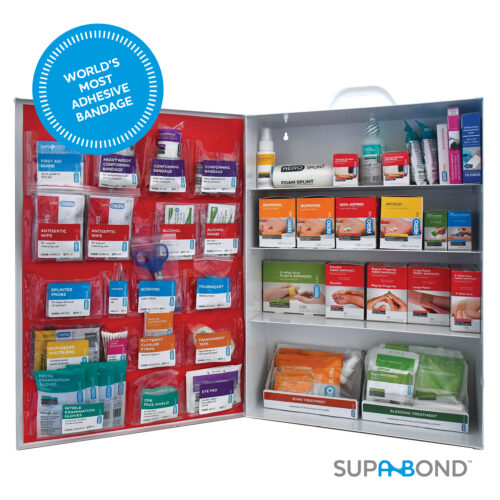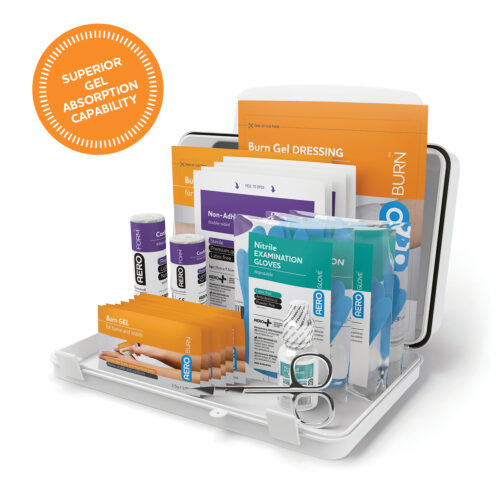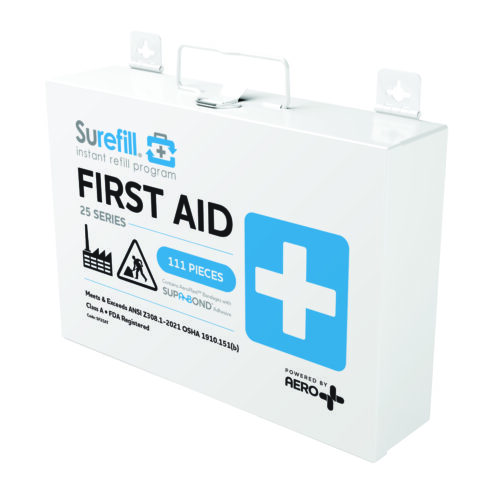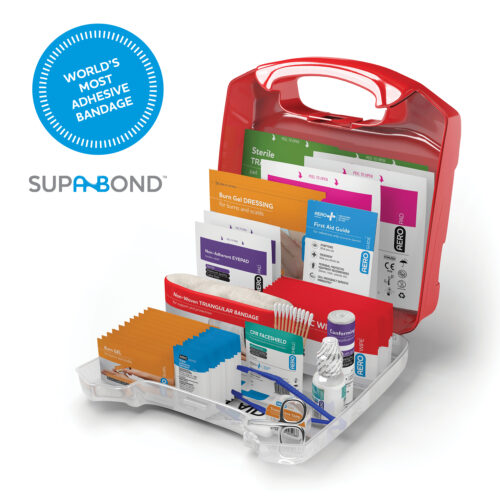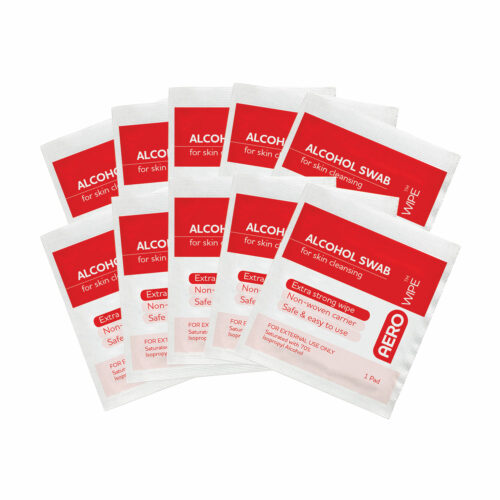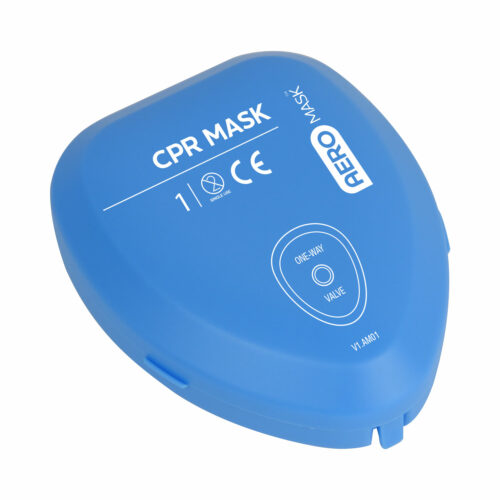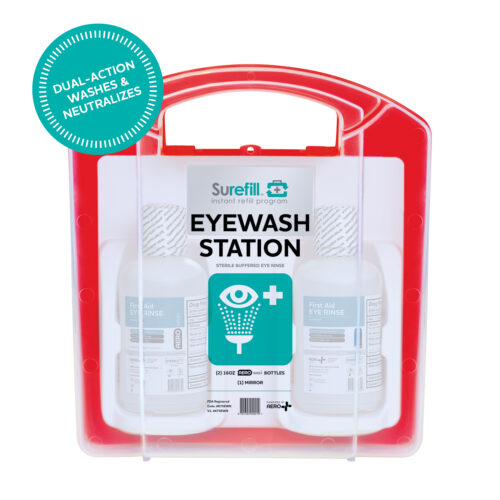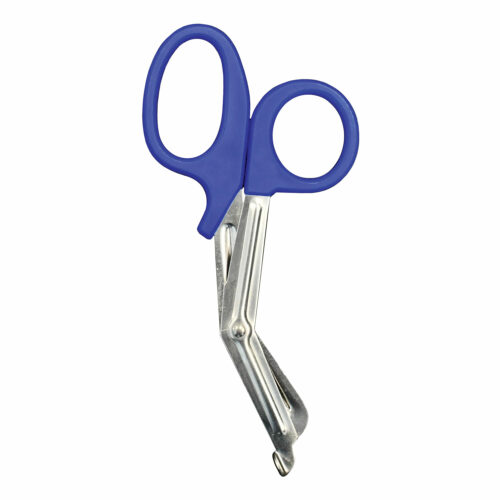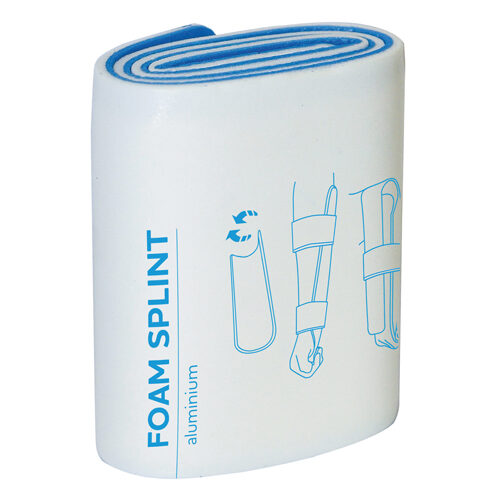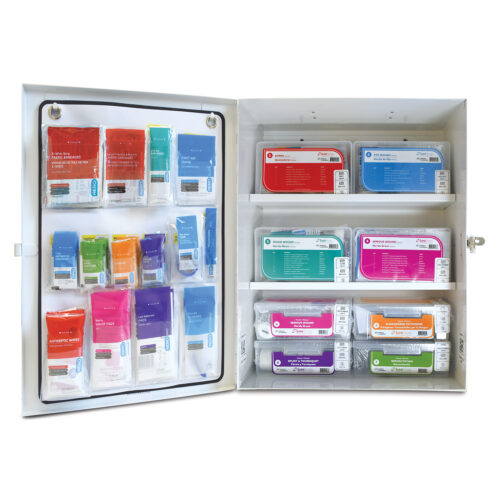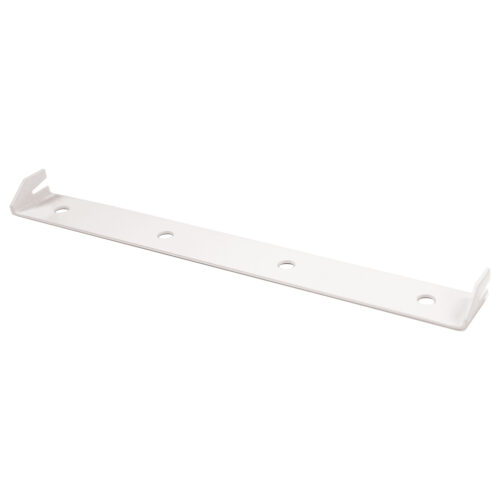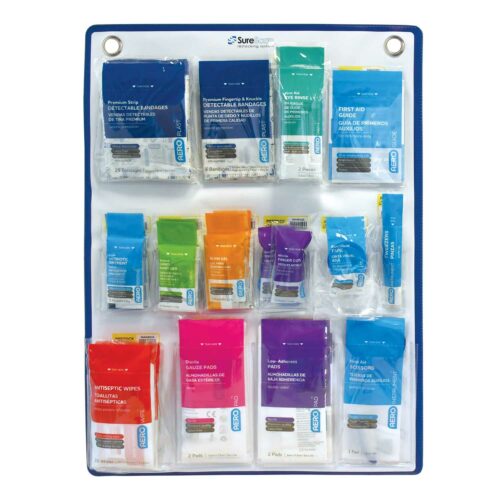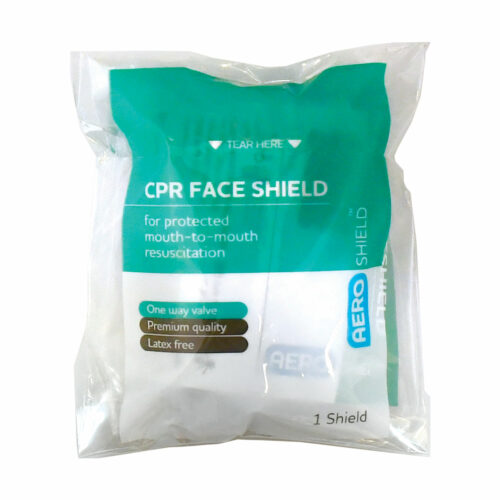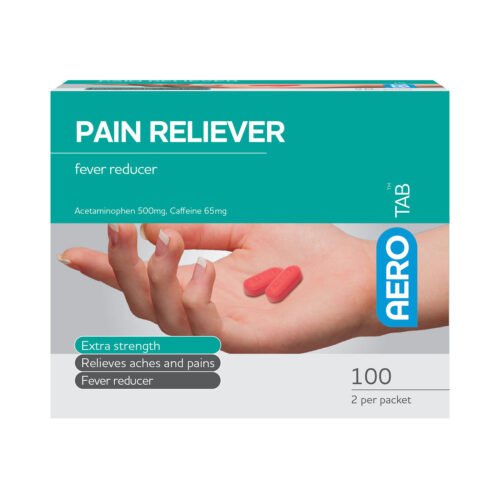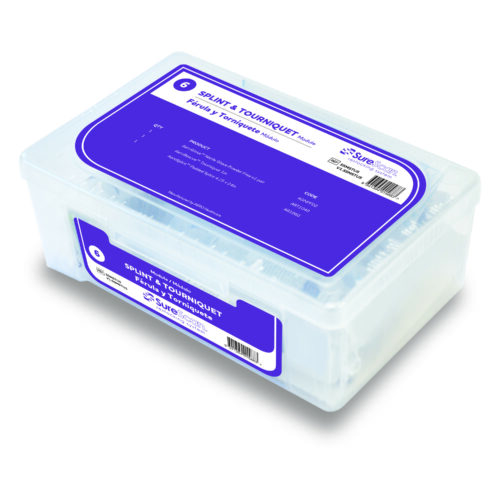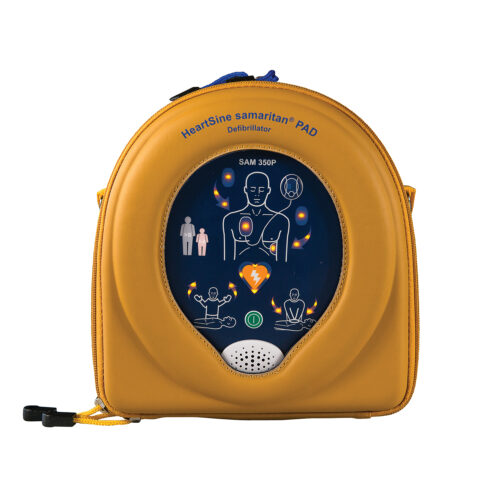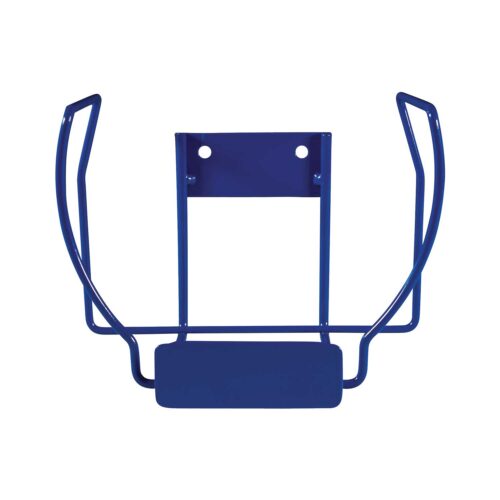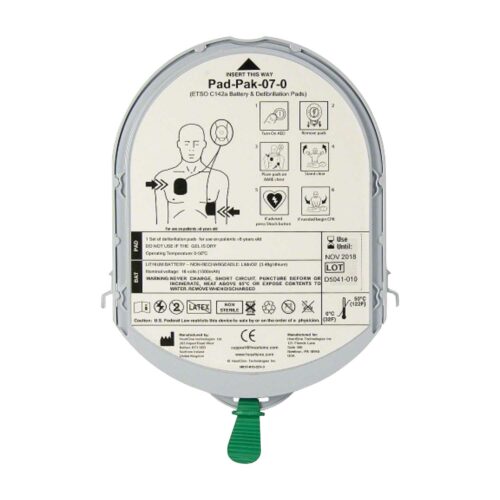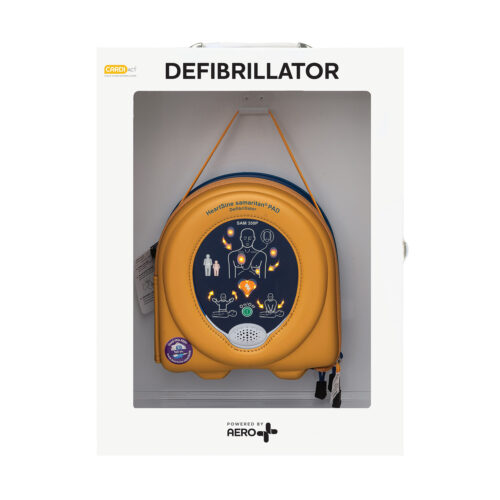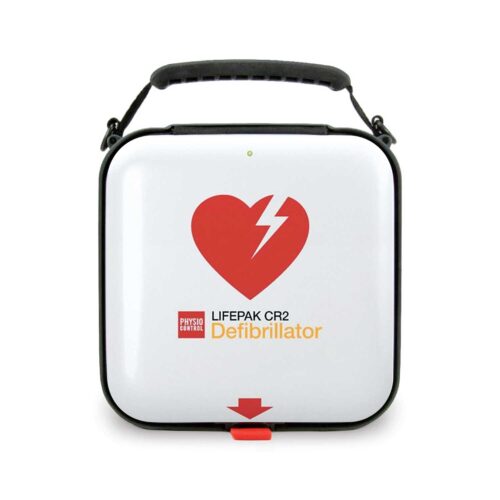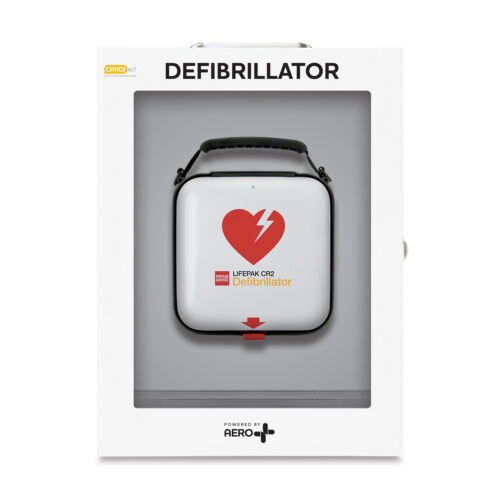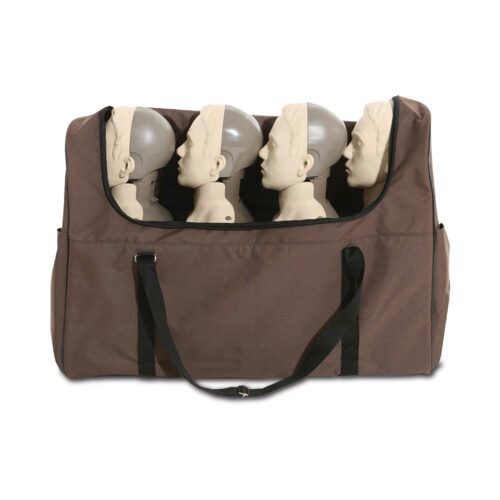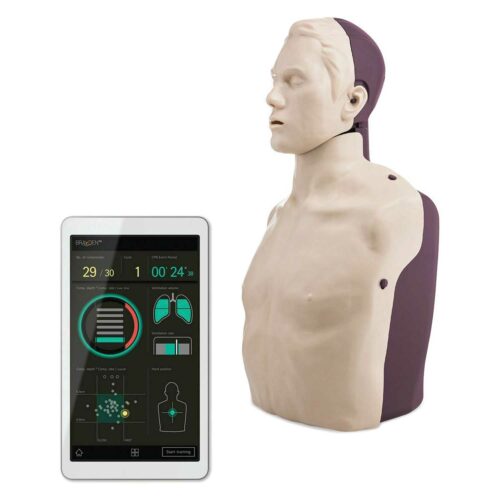
Workplace safety should always be a top priority for both employers and employees alike. In the United States, the Occupational Safety and Health Administration (OSHA) sets guidelines to ensure safe work environments. Failure to comply with OSHA’s regulations can lead to severe consequences, financial penalties, and even legal repercussions! But meeting OSHA’s requirements doesn’t have to be scary or daunting, at least not with first aid kits.
In this blog we’ll walk you through a brief overview of what your business needs to keep in mind to ensuring your kits are OSHA compliant including: workplace safety is the maintenance, replenishment, and correct placement of first aid kits.
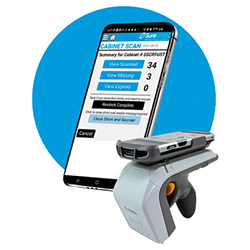
The Consequences of Non-Compliance with OSHA Regulations
OSHA aims to ensure that workplaces meet basic safety standards. Non-compliance with OSHA regulations can result in several consequences, including:
- Financial penalties: OSHA can issue fines for non-compliance, which can range from a few thousand dollars to hundreds of thousands of dollars, depending on the severity of the violation. As of January 15, 2021, the maximum penalty amounts for OSHA violations are as follows (source: OSHA.gov):
- Serious, Other-Than-Serious, and Posting Requirements: $15,625 per violation.
- Failure to Abate: $15,625 per day beyond the abatement date
- Wilful or Repeated: $156,259 per violation
- Legal repercussions: If an employer’s failure to comply with OSHA regulations results in a severe injury or death, they may face lawsuits from affected employees or their families.
- Damage to reputation: Non-compliance with OSHA regulations can harm a company’s reputation, making it difficult to attract and retain talent or maintain good relations with clients and customers.
- Increased scrutiny: Organizations with a history of non-compliance may be subject to more frequent inspections and increased scrutiny from OSHA, which can lead to further penalties and disruptions to business operations.
For more details regarding the most recent penalty information and fines, see https://www.osha.gov/penalties.
The Role of First Aid Kits in Workplace Safety and OSHA Compliance
First aid kits serve as the first line of defense when it comes to addressing workplace injuries. They contain essential items such as adhesive bandages, gauze, and antiseptic wipes, which can be used to treat minor cuts, burns, and abrasions. In some cases, prompt first aid can prevent a minor injury from becoming a major one, reducing downtime and potential medical costs. By maintaining adequate first aid kits, employers can avoid the consequences of non-compliance and create a safer work environment for their employees.
OSHA Requirements for First Aid Kits
To ensure that all workplaces meet basic safety standards, OSHA has specific guidelines regarding first aid kits. According to OSHA’s standard 29 CFR 1910.151, employers must provide adequate first aid supplies based on the hazards and number of employees at the workplace. Additionally, OSHA refers to the American National Standards Institute (ANSI) standard Z308.1 for guidance on the contents of a first aid kit. Click here to learn more.
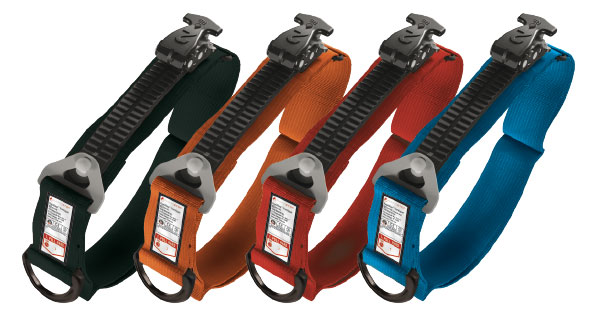
Maintaining First Aid Kits for OSHA Compliance
To maintain OSHA compliance, employers should:
Regularly inspect first aid kits: Routinely check the contents of the first aid kits to ensure all necessary items are present and in good condition. Replace any expired or damaged items promptly.
Keep first aid kits accessible: First aid kits should be placed in easily accessible locations, ensuring that employees can quickly access them in case of an emergency.
Train employees in first aid: Provide first aid training to a designated number of employees so they can confidently administer first aid when needed.
Customize first aid kits for the workplace: OSHA requires that first aid kits be tailored to the specific hazards and risks associated with the workplace. For example, construction sites may require additional supplies, such as trauma dressings, while a laboratory setting might need a specialized eye-wash station.
Regularly review and update first aid policies: Keep track of OSHA updates and revise first aid policies accordingly. This includes updating first aid kits, retraining employees, and making any necessary adjustments to your workplace safety program.
Conclusion
Maintaining first aid kits in the workplace is not only essential for employee safety but also a critical component of OSHA compliance. Employers should prioritize the regular inspection, updating, and customization of first aid kits to ensure they meet OSHA guidelines. By doing so, they create a safer work environment and foster a culture of safety, ultimately benefiting both the employer and employees.
First Aid Kit Replenishment systems, like SureScan, mitigate the possibility of OSHA non-compliance by eliminating compliance check errors. These systems ensure fast, easy and efficient restocking solutions.
Reach out to Aero Healthcare to find your local SureScan service representative today:


